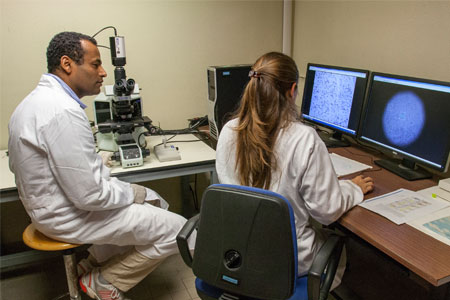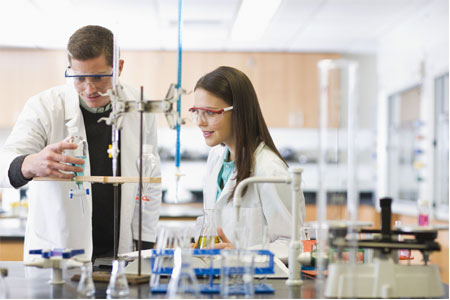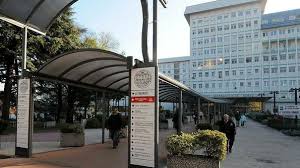- Authors:
-
Graziano, Francesca; Scalia, Gianluca; Chaurasia, Bipin; Umana, Giuseppe E; Gerardi, Rosa Maria; Galvano, Gianluca; Barresi, Valeria; Garufi, Giada; Marrone, Salvatore; Costanzo, Roberta; Cardali, Salvatore; Nicoletti, Giovanni
- Title:
-
IMProve-DURA: Investigations of Molecular Patient profiles and anatomical cadaveric characteristics of the Dura Mater - A Pilot Study Protocol
- Year:
-
2025
- Type of item:
-
Articolo in Rivista
- Tipologia ANVUR:
- Articolo su rivista
- Language:
-
Inglese
- Format:
-
Elettronico
- Referee:
-
No
- Name of journal:
- WORLD NEUROSURGERY
- ISSN of journal:
- 1878-8769
- N° Volume:
-
194
- Page numbers:
-
1-9
- Keyword:
-
Cadaveric dissection; Cytokines; Spinal dura fistula; Spinal dura mater; Spinal inflammation process
- Short description of contents:
- Background: The dura mater, a fibrous membrane protecting the brain and spinal cord, is prone to lacerations during spinal surgery, often leading to complications such as cerebrospinal fluid (CSF) leakage. Anatomical differences in the spinal dura mater, particularly in regions under high biomechanical stress, suggest that chronic inflammatory processes may compromise its structural integrity. This pilot study investigates the molecular and anatomical characteristics of the spinal dura mater, focusing on its response to inflammation and the challenges of surgical repair. Methods: The study involves the collection of 40-60 cadaveric spinal dura mater samples and 100 preoperative blood samples from patients undergoing major spinal surgery. Histological and biomolecular analyses will assess tissue integrity, elastin, collagen content, and the expression of inflammatory biomarkers (heat shock proteins [HSPs] and cytokines). Multiplex assays, mass spectrometry, and Western blot techniques will analyze biomarker profiles in both dura mater and blood samples. Comparative and correlation analyses will be performed to identify common molecular patterns between cadaveric tissue and patient blood samples, with statistical tests applied to detect significant differences. Results: Preliminary power analysis justifies the sample sizes, aiming to detect moderate effect sizes (Cohen's d = 0.5) with 80% power. Histological and biomolecular results will focus on the impact of chronic inflammation on spinal dura integrity, specifically its thinning and vulnerability to laceration. Key findings will include biomarker profiles correlating with tissue damage and post-surgical complications like CSF leakage. Conclusion: This pilot study aims to enhance our understanding of the inflammatory processes affecting the dura mater and their role in frequent lacerations during spinal surgery. Findings are expected to guide future clinical practices in dura repair strategies, potentially improving surgical outcomes and reducing complications related to CSF leakage.
- Note:
- Epub 2024 Dec 9
- Product ID:
-
143425
- Handle IRIS:
-
11562/1147656
- Last Modified:
-
February 5, 2025
- Bibliographic citation:
-
Graziano, Francesca; Scalia, Gianluca; Chaurasia, Bipin; Umana, Giuseppe E; Gerardi, Rosa Maria; Galvano, Gianluca; Barresi, Valeria; Garufi, Giada; Marrone, Salvatore; Costanzo, Roberta; Cardali, Salvatore; Nicoletti, Giovanni,
IMProve-DURA: Investigations of Molecular Patient profiles and anatomical cadaveric characteristics of the Dura Mater - A Pilot Study Protocol
«WORLD NEUROSURGERY»
, vol.
194
,
2025
,
pp. 1-9
Consulta la scheda completa presente nel
repository istituzionale della Ricerca di Ateneo 








